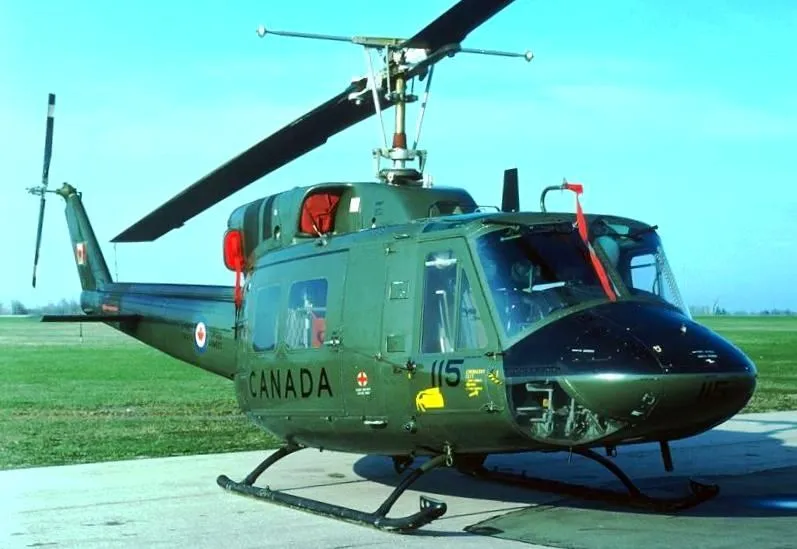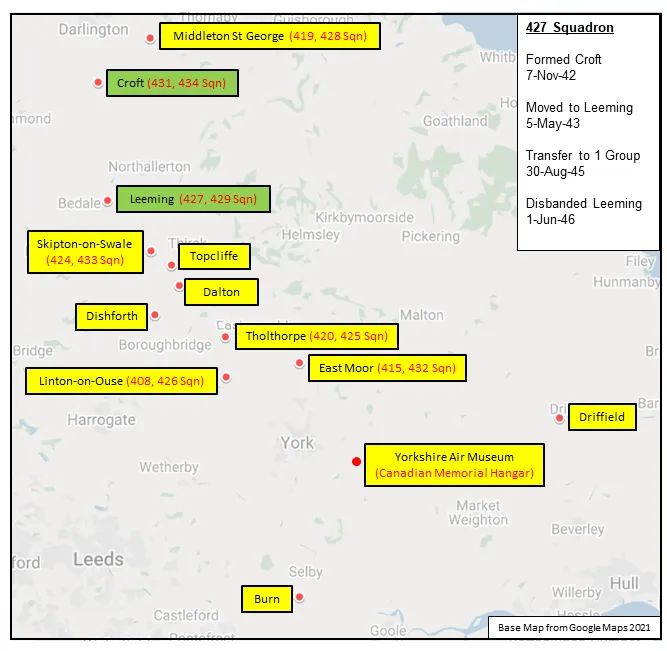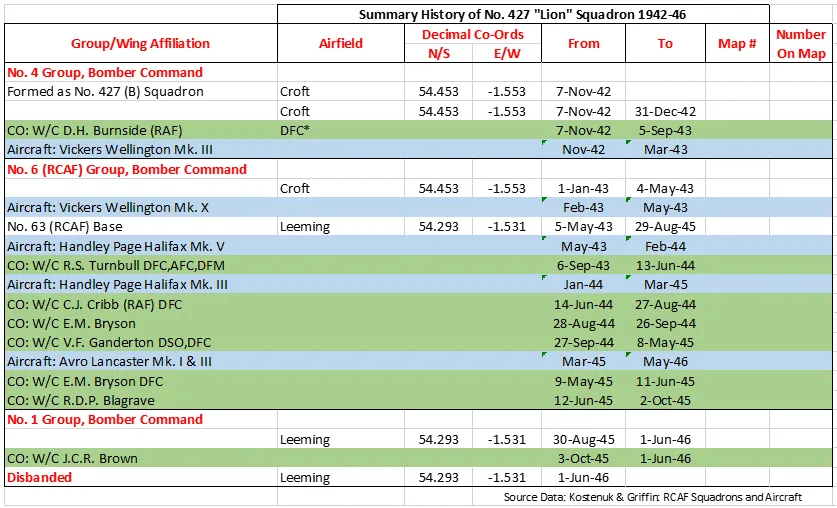Bell CH-135 Twin Huey

Bell CH-135 Twin Huey Helicopter (Serial No. 135115)
The Bell UH-1N Twin Huey is a medium military helicopter. A member of the extensive Huey family, it first flew in 1969. The CUH-1N Twin Huey (later CH-135 Twin Huey) was the original version, first ordered by the Canadian Forces. The UH-1N has a 15-seat configuration, with one pilot and 14 passengers. In cargo configuration, it has an internal capacity of 220 ft³ (6.23 m³). An external load up to 5,000 lb (2,268 kg) can be carried. The UH-1N was later developed into the civilian Bell 212.
Based on the stretched-fuselage Bell 205, the Bell 212 was originally developed for the Canadian Forces (CF) under the designation CUH-1N Twin Huey. Later, the CF adopted a new designation system and the aircraft was redesignated CH-135 Twin Huey. The CF approved the development of the aircraft on 1 May 1968 and purchased 50 aircraft, with deliveries commencing in May 1971.
The UH-1N's main rotor is powered by a PT6T-3/T400 Turbo Twin Pac made up of two Pratt & Whitney Canada PT6 power sections that drive a single output shaft. They are capable of producing up to 1,342 kW (1,800 shp). Should one power section fail, the remaining section can deliver 671 kW (900 shp) for 30 minutes or 571 kW (765 shp), enabling the UH-1N to maintain cruise performance at maximum weight.
The aircraft were retired from the Canadian Forces starting in 1996 and struck off strength in December 1999. Two CH-135s are on display in museums, one at the Canada Aviation Museum in Ottawa and one at the National Air Force Museum of Canada at CFB Trenton. Wikipedia (with revisions)
 Wikipedia Bell CH-135 Twin Huey
Wikipedia Bell CH-135 Twin Huey
 Canada Aviation and Space Museum
Canada Aviation and Space Museum
CASPIR Aircraft Groups:
RCAF On Strength (50), Canadian Aircraft Losses (3)Twin Huey 135119
US UH-1N 70-15668, serial and designation used for book keeping, never marked. Used as instructional airframe A741 from 27 May 1971, returned to flight status. with No. 427 (Tac Hel) Squadron at CFB Petawawa, Ontario when it crashed south east of Timmins, Ontario on 28 January 1988. 4 fatalities: Capt. S.J. McIntyre, Corp. J.D.C. Dufour, Capt. D.M. McConnell, Corp. N.L. Lamouroux. Wreckage still in storage in 1995.
1971-05-27 Classified Instructional CA A 741 2020-06-19
1971-09-13 Taken on Strength 2019-08-20









